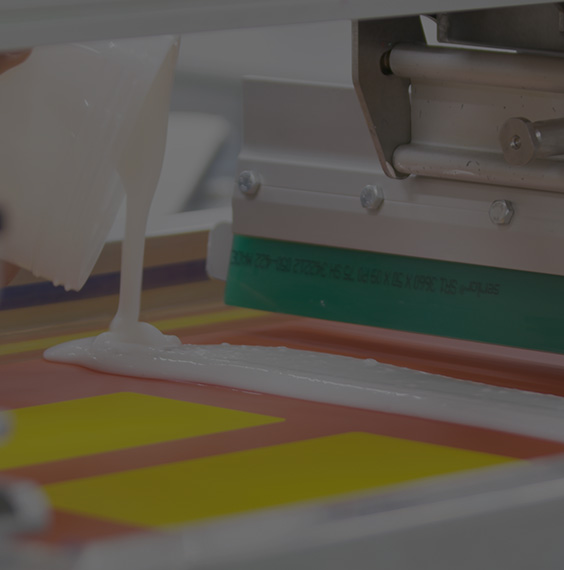You’ve bought a hat that helps proclaim to others your lifelong love of a sports team, or a T-shirt souvenir of your summer vacation spot. When you try them on, you may only be thinking about how good you look in them. But have you considered how long this shirt or hat will retain its bright color or tight stitching? Others have, and at MADE Labs in Fort Worth, Texas, they do a range of fabric testing to help garment manufacturers understand that potential. Brian Lessard, a partner at MADE Labs, explains some of those tests.
This interview is edited for clarity.
We have a close relationship with a lot of fabric manufacturers. They see the importance of testing the fabric pre-production, which gives them a chance to see how the fabric's going to perform with various applications rather than waiting till they make all the garments, whether it's a hoodie, a T-shirt, a bag, the end user gets it and they're having difficulties. We give them a full report with detailed information on how well this fabric will perform.
Four Types of Tests
We have four categories we test under: screen print, heat transfer, embroidery and direct-to-garment printing. The customer has the option of choosing which of those tests they want done. This covers all the areas that most people are going to use to decorate these garments in general.
For screen print and heat transfer, we're testing for adhesion. Because these fabrics are going to be applied to heat, we want to know if the fabric's going to shrink, is it going to scorch, is it going to discolor with any of the applications that a screen printer would use? The other big thing we test for is dye migration. With certain dyes when heated, they will gas and they can sublimate into the ink film, discoloring it. So, if you print a nice red shirt with a white ink, that ink could turn pink a few days later because the dye has sublimated into the ink. We check for that so we can let the manufacturer know that this fabric will require a special chemistry when printing the shirt.


For the embroidery, we have different categories we give ratings for. We test for if the fabric moves during the embroidery process, if the tech stays in a straight line, if there are any issues with distortion, just anything an embroiderer may see that would be challenging in the field.
And for direct-to-garment printing, it's a two-step process where you pretreat the garment with a solution that helps the ink sit up on the surface and adhere to the fabric. Then we also test the actual direct-to-garment printing where we have a digital printer here and we use standard settings that are common in the industry. And that gives us a baseline for how well that fabric is going to perform with direct to garment printing.
We test apparel for many reasons. One would be to find out any issues with the fabric prior to production. Another is to figure out the best applications to apply to that product.
And, because we make reports for every product, the garment manufacturers have a database to look back on if they do have issues. So, if a customer has a problem later they can go back and see the report and get information if that was found in that or not, and then we can often retest.
The information contained in this article is intended for general information purposes only and is based on information available as of the initial date of publication. No representation is made that the information or references are complete or remain current. This article is not a substitute for review of current applicable government regulations, industry standards, or other standards specific to your business and/or activities and should not be construed as legal advice or opinion. Readers with specific questions should refer to the applicable standards or consult with an attorney.








